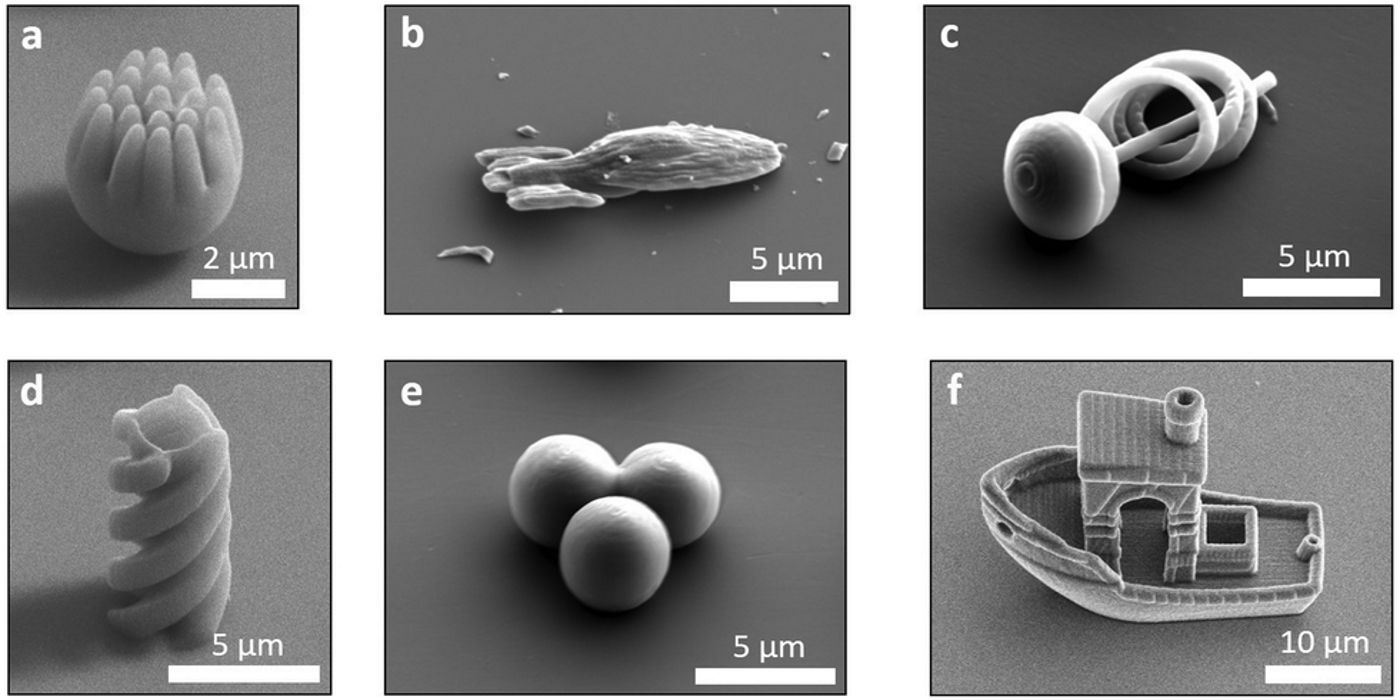
“And so the concept of warp drive is to say, all right, let’s take our ship, let’s build a bubble of space-time around it, and then we’ll have that propel us faster than the speed of light,” she says. “What warp drive is doing is basically saying that there is no law of physics that says space-time itself can’t go faster than the speed of light,” says Dr Erin Macdonald, astrophysicist and science consultant for Star Trek. The key that makes it possible is that, technically, the ship itself doesn’t travel faster than light. The first scientific theory of warp drive came about in 1994, when theoretical physicist Miguel Alcubierre used Einstein’s theory of General Relativity to develop a framework that would allow faster-than-light travel within the confines of the laws of physics. Five things from Star Trek that came true.Star Trek-inspired aeroplane powered by ‘ionic wind’ takes flight.‘ Star Trek replicator’ uses light to create 3D objects in minutes.A space probe specifically designed to study interstellar space would be packed with enough instruments and power to study the universe beyond the sun’s heliosphere in detail, far beyond the distance where the useful lives of the Voyager spacecraft come to an end.Read more about the science of Star Trek: NASA is already thinking of a true, interstellar probe, according to. Unless the Voyager probes collide with something or are picked up by alien space explorers, they will, in theory, keep flying until the end of the universe. Then the two spacecraft will fly forever outward, each bearing a gold audio-visual disk containing greetings from the people of Earth. Scientists estimate, though, that within about five years, Voyager 1 and Voyager 2 will run out of the decaying plutonium that fuels their RTG power generators. That the Voyager spacecraft are still returning good science from billions of miles away is a testament to the state of the art of space technology in the late 1970s. The world population has swelled to more than seven and a half billion people. Climate change has become a worry and a political issue, hotly debated by politicians and scientists alike. The internet has bound the human race in a web of information and communication as never before. The space shuttle program began and ended, with the International Space Station now a permanent home for human beings in low Earth orbit. 9/11 happened, sparking the long wars in the Middle East and Afghanistan. The current administrator of NASA, Jim Bridenstine James (Jim) Frederick Bridenstine SpaceX all-civilian crew returns to Earth, successfully completing 3-day mission SpaceX all-civilian crew calls Tom Cruise from space How will Biden's Afghanistan debacle impact NASA's Artemis return to the moon? MORE, was just two years old.Ī lot of history has happened since the Voyager spacecraft first lifted off the launch pad. 6 investigation Fox poll shows Youngkin leading McAuliffe by 8 points among likely voters Iowa legislature approves redistricting proposal MORE, the current president of the United States, would start making a name for himself in the New York real estate world the following year when he began to renovate the Commodore Hotel. Donald Trump Donald Trump Former lawmakers sign brief countering Trump's claims of executive privilege in Jan. Watergate and Vietnam were recent, hurtful memories, and the Cold War was still raging. To give an idea of the length of the twin Voyager 1 and 2 missions, in 1977, Jimmy Carter Jimmy Carter Biden's policies have been disastrous to the US security, the economy Kansas City planning bid to host next Republican National Convention Is US relationship with Taiwan worth more than 'a scrap of paper'? MORE was president of the United States. Voyager 2 explored Jupiter, Saturn, Uranus and Neptune before soaring beyond. Voyager 1 flew past Jupiter and Saturn before heading to the outer boundaries of the solar system. Voyagers 1 and 2 launched in 1977 within 16 days of one another on a mission to explore the outer planets. The information from the boundary between the solar wind and interstellar space is just the latest that the two Voyager spacecraft have imparted. It's also similar to the plasma density jump experienced by Voyager 1 when it crossed into interstellar space.” The data being returned by both spacecraft – having passed beyond the heliosphere, past where solar winds still blow plasma outward from the sun – have scientists excited.Īs soon as Voyager 2 left the farthest reaches of the solar wind, the density of plasma actually jumped, according to . “The marked increase in plasma density is evidence of Voyager 2 journeying from the hot, lower-density plasma characteristic of the solar wind to the cool, higher-density plasma of interstellar space. Her companion spacecraft, Voyager 1, accomplished the feat in 2013.


Voyager 2, first launched in 1977, is the second human-made machine to have officially entered interstellar space.


 0 kommentar(er)
0 kommentar(er)
